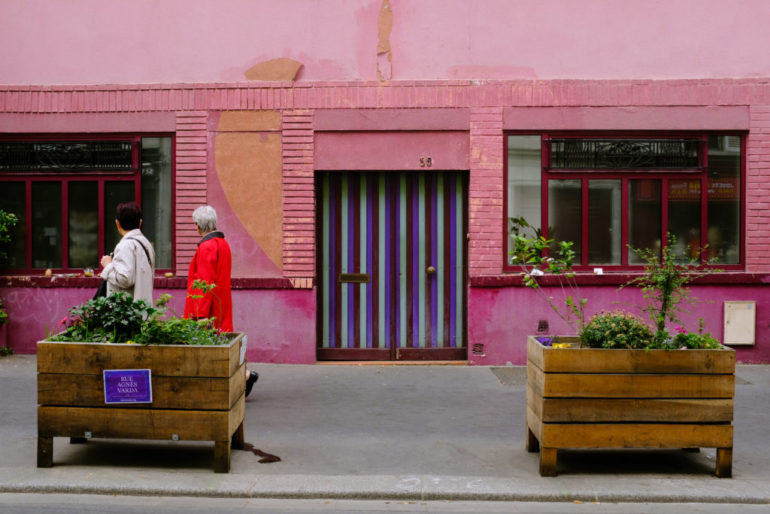Agnès Varda passed away a few months ago. In Paris, we retraced her footsteps, and found more than just her shadow.
When I first watched one of Agnès Varda’s films, I was struck by her spontaneous, intimate, informal, and quirky style. It was unlike anything I’d ever seen before.
I was part of a documentary filmmaking class back at Princeton, and as part of our assignments, we had to watch one film a week. The filmmakers ranged from Werner Herzog to the Coen brothers, who were all incredible, but Agnès was by far the most memorable.
In her films, she seemed to go on these tangents, though they weren’t tangents at all—each time, she is just showcasing a piece of herself.
In The Gleaners and I, she is sitting in the passenger seat of a car, en route to a potato farm. She becomes mesmerized by the passing trucks on the highway, and with her handheld camera, she starts to film herself forming circles around the trucks with her fingers.
We watch her do this for minutes. “Capturing trucks,” she muses, “to retain things before they pass? No, just to play.”
The film is about the lives of people who “glean” objects that have been thrown away, from those who gather leftover fruit from marketplaces to those who scavenge for objects to recycle in their art. Agnès concludes that she herself is a gleaner, in an artistic way.
“You pick ideas, you pick images, you pick emotions from other people, and then you make it into a film.”
That element is what I appreciate about her work: her films focus so much on other people, letting them tell their own stories, but she also makes them autobiographical by reflecting on her own connection with the subjects.
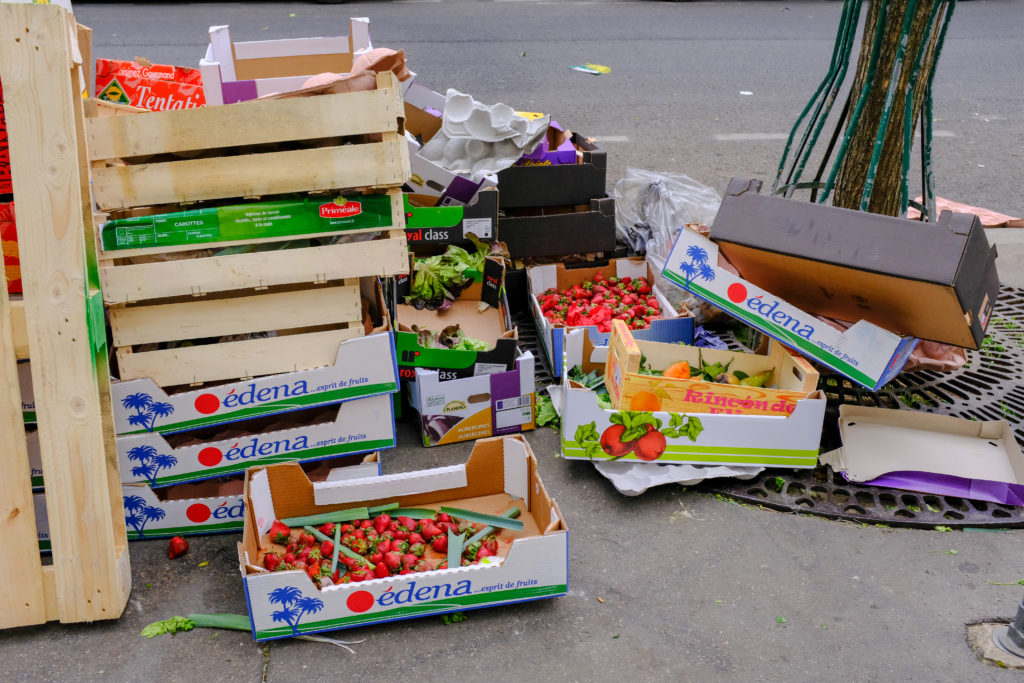
Since that class, I’ve been enamored with Agnès’s work.
My favorite film of hers, Visages, Villages, captures her collaboration with street artist and photographer JR. Together, they road trip around France and take photographs of villagers, pasting them as giant murals onto surfaces they pass every day.
While it’s a film about highlighting the lives of locals, it’s also about Agnès’s creative partnership and budding friendship with JR.
They are one of my favorite dynamic duos, and looking at them together makes me happy: the older Agnès with her two-toned bowl cut and colorful attire, the younger JR with his always-on sunglasses and dark outfits.
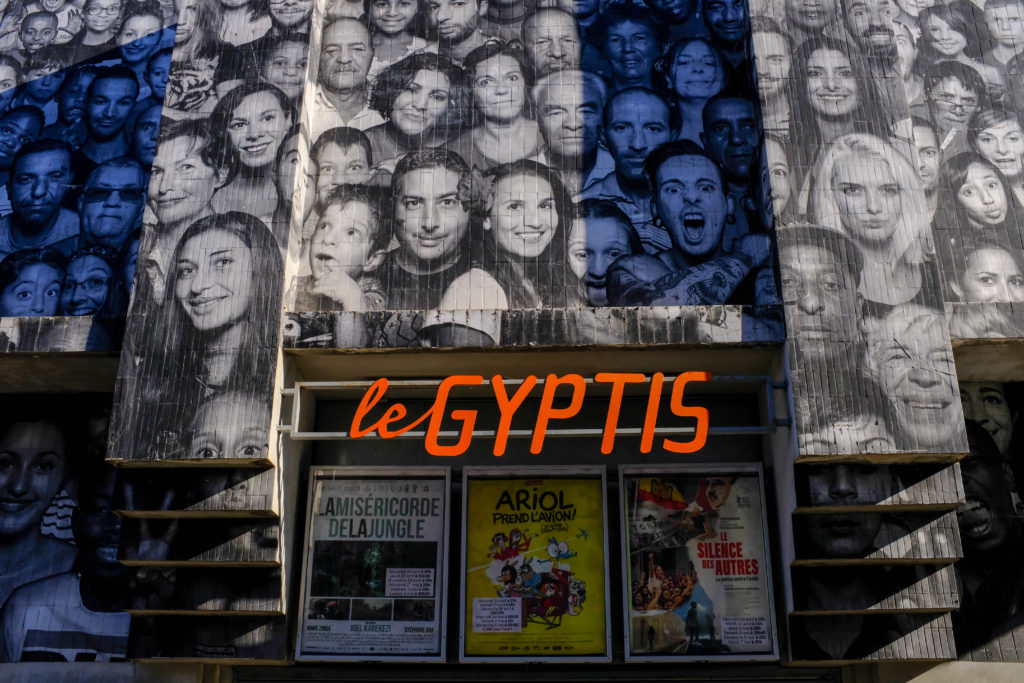
When I learned of Agnès’s recent passing, I wanted to dedicate a day in Paris to learning more about her. To start, we planned to visit Montparnesse Cemetery, where she was buried with her partner, Jacques Demy.
One evening, we scootered across the city, only to find that the cemetery gates had closed just a few minutes before we arrived. It was a disappointing moment, but the next morning we decided to try again.
On our way there, we passed a morning market that was just wrapping up. It looked like one of Agnès’s documentary scenes unfolding before our eyes—and then, we realized that’s because it was.
She had filmed that exact market in The Gleaners and I.
We stayed there for a while, watching the workers packing up their boxes, and soon enough the gleaners had arrived to pick up some of the still fresh and delicious fruit.
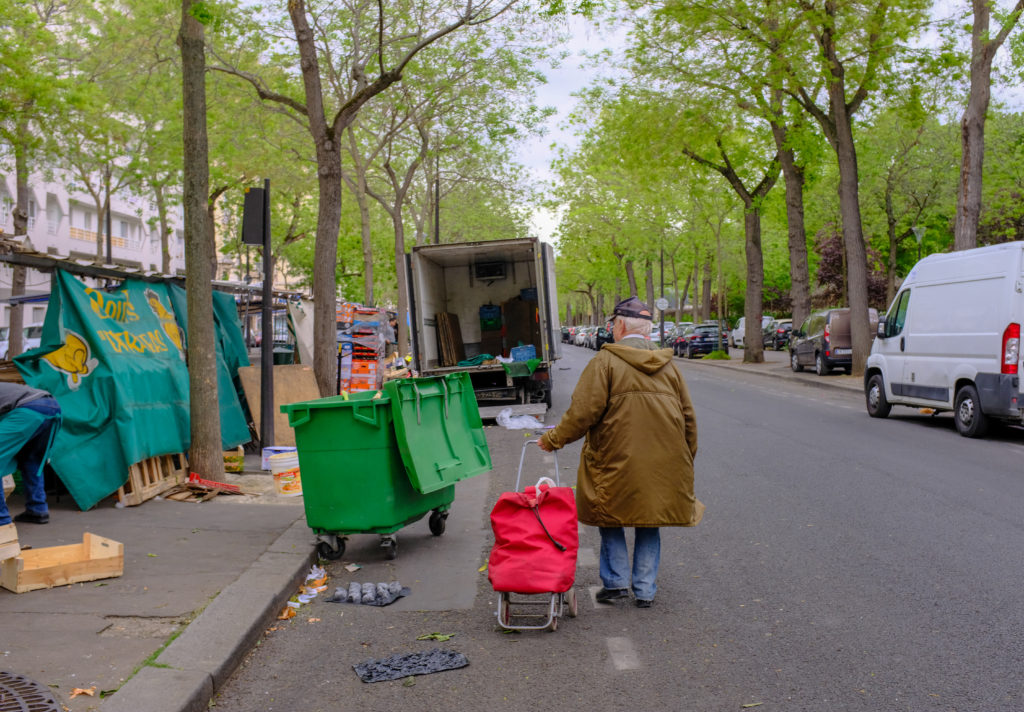
After the market, we made our way to her grave. The cemetery itself was beautiful and peaceful, and when we arrived to Agnès’s area, we saw piles of gifts left by other people.
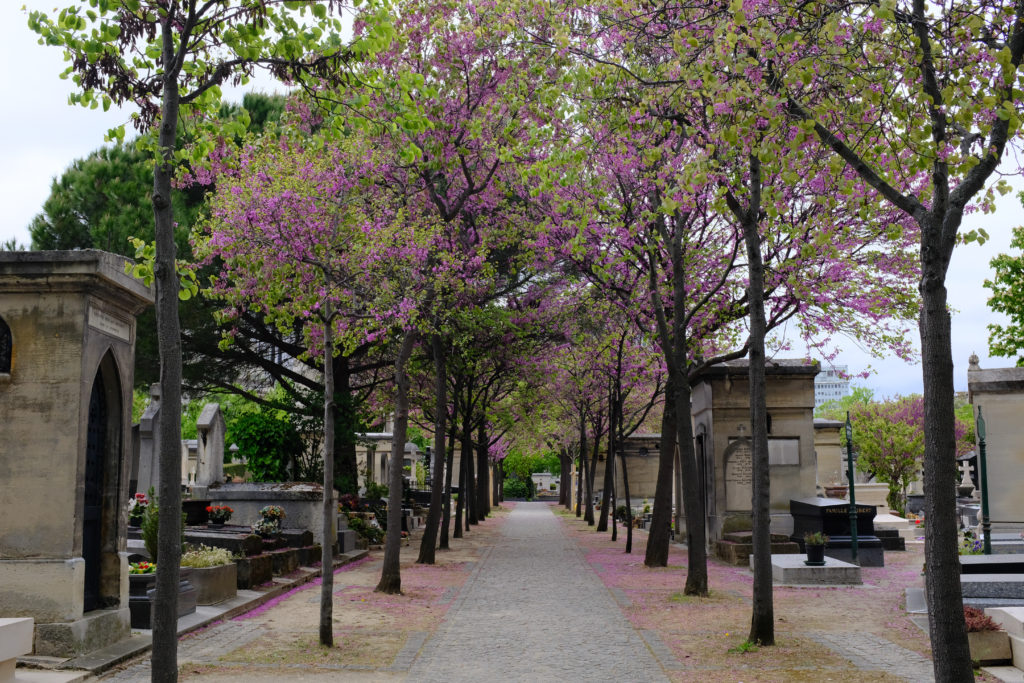
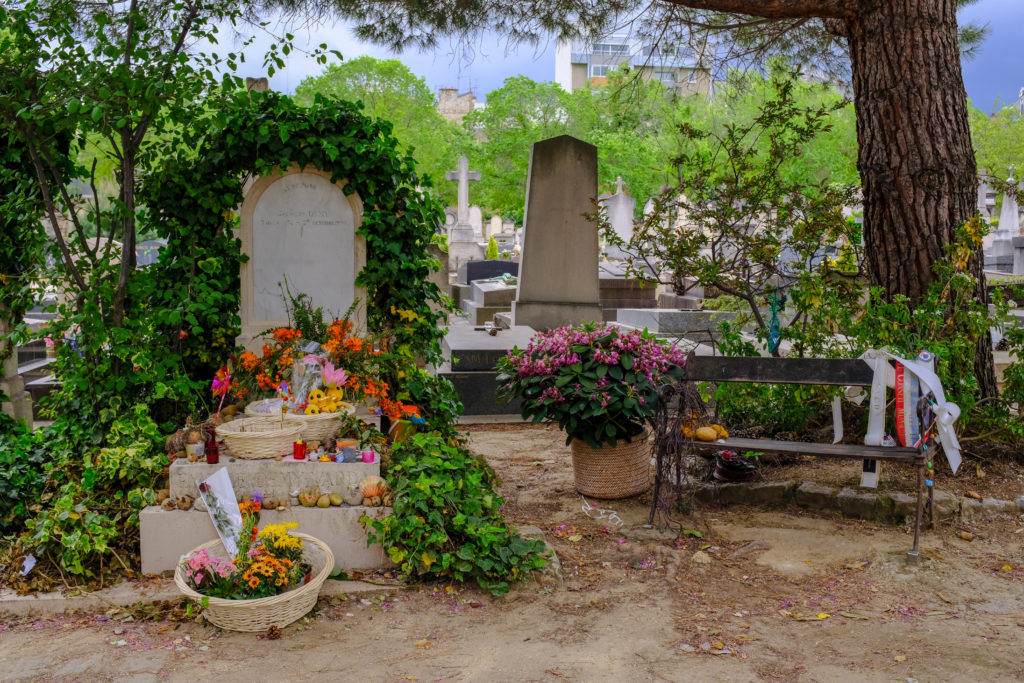
It’s clear that people have been touched by her films.
They had left heart-shaped potatoes, which she expressed a love for in The Gleaners and I, and bottles of sand, a reference to one of her latest films The Beaches of Agnès.
There were also handwritten notes, flowers, and pinwheels that were still blowing in the wind, which added a sense of vitality to the otherwise still scene.
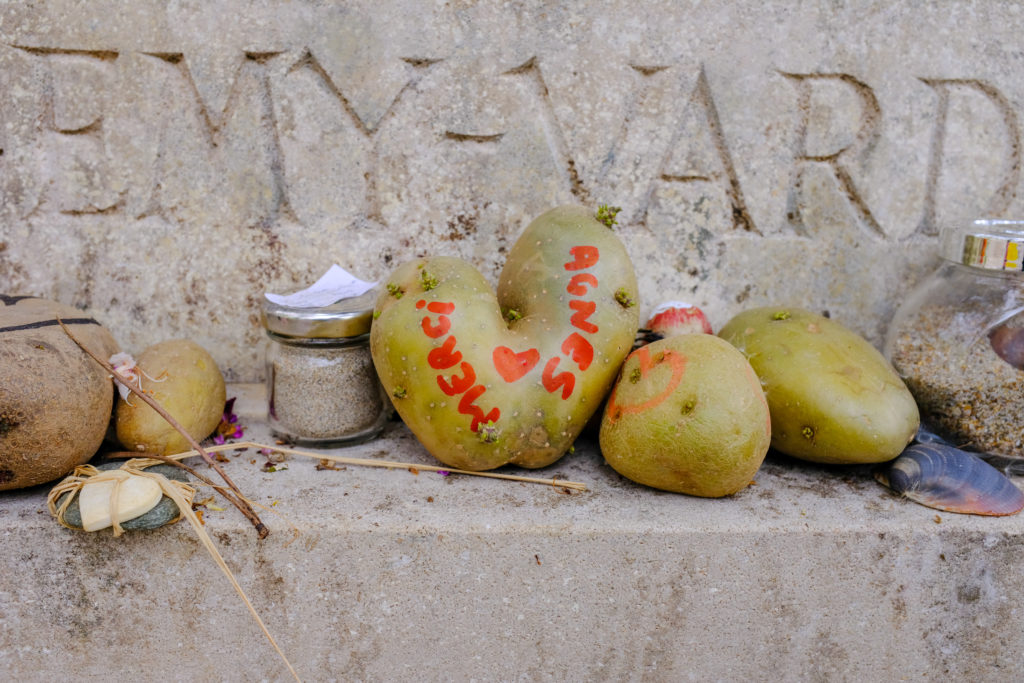
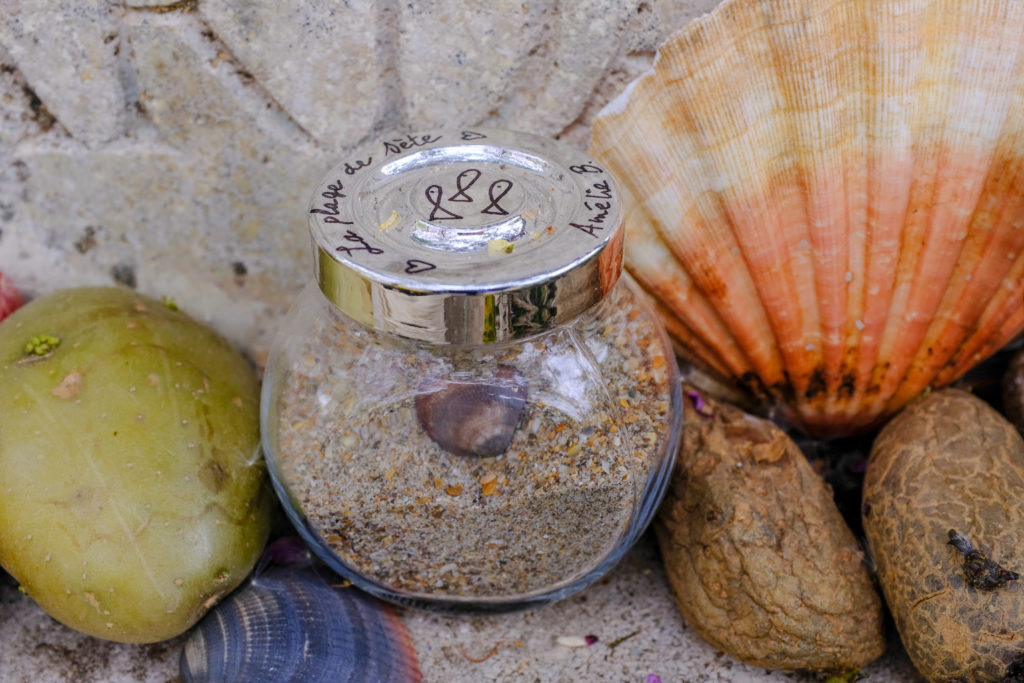
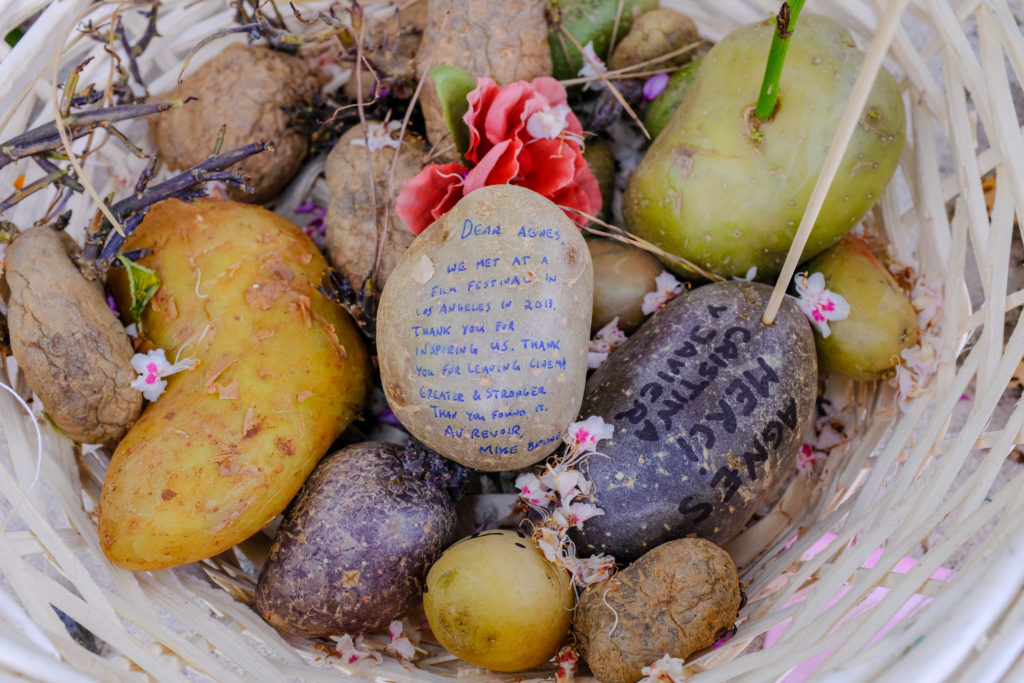
Agnès’s house was just a few streets over. It was colored in layers of pink, and there was even a sign that someone had put up as a proposal to rename the street after her.
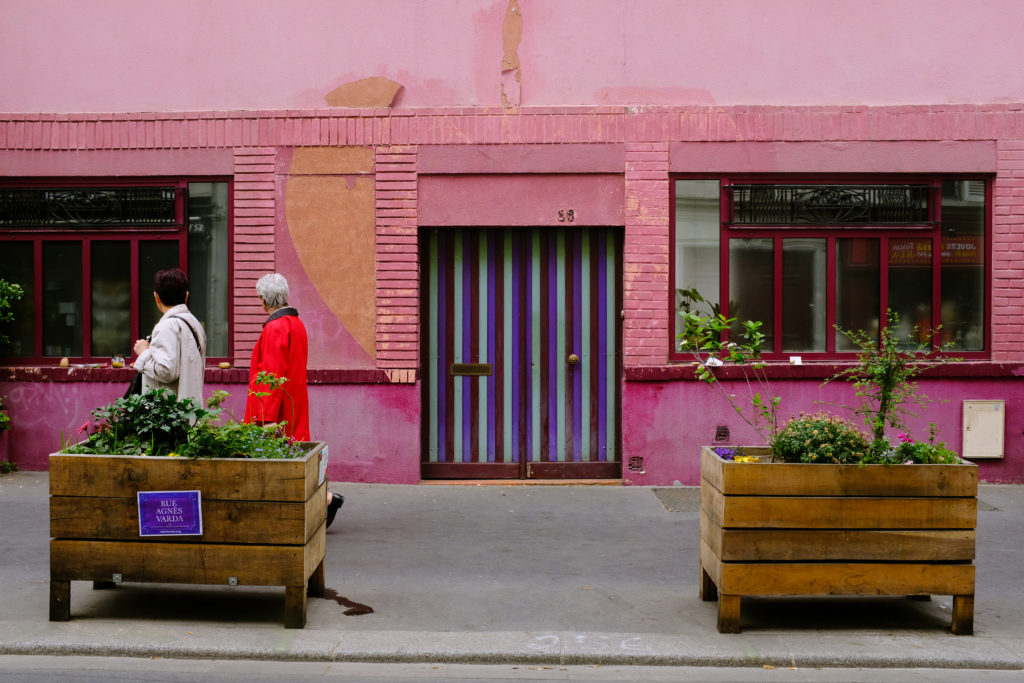
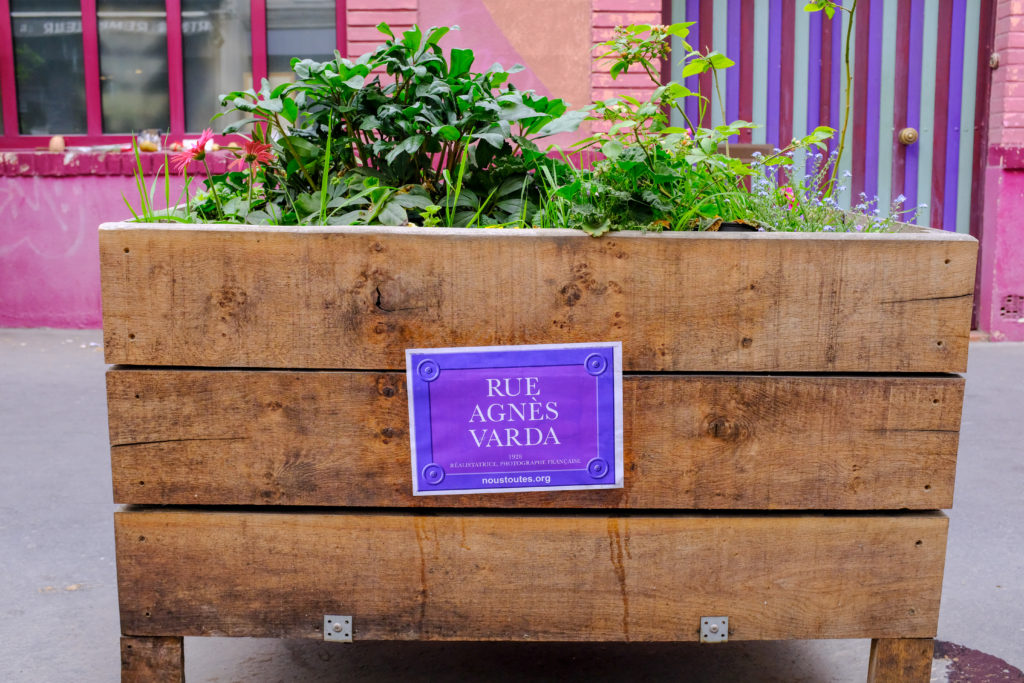
This street, Rue Daguerre, is currently named after the French photographer who invented the daguerreotype process.
Agnès became fascinated by the shopkeepers she passed, the boredom and silences they encounter in between receiving customers, the “mysteries of daily trade”—so, she made a film about them, and called it Daguerréotypes.
While I was watching it, I really felt Agnès’s close attention to the lives of strangers. For example, she visits a perfume store that her daughter frequented, and ends up wondering more about the owner’s silent wife than himself.
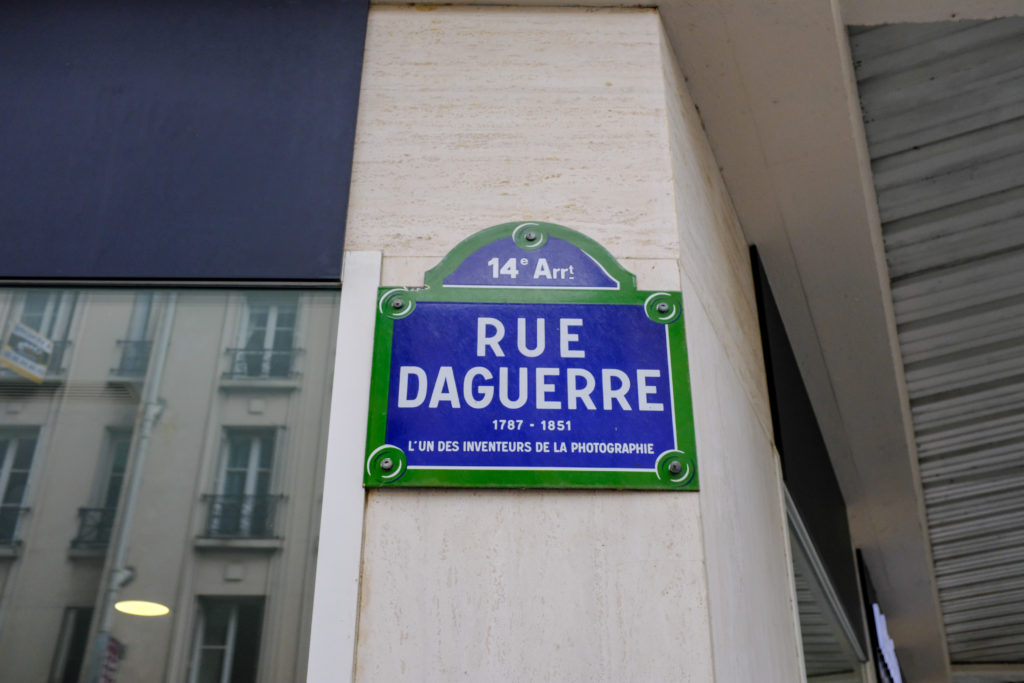
Though the film was made in 1976, we were curious about whether there were any remaining stores on the street that had been featured in the film.
As we walked along Rue Daguerre, we mostly found shops that looked relatively new, but then we saw Paris Accordeon. It was an old storefront, which had since shut down, but next to it there was a modern-looking store, Accordéon Paris Gourmands, that sold accordions as well.
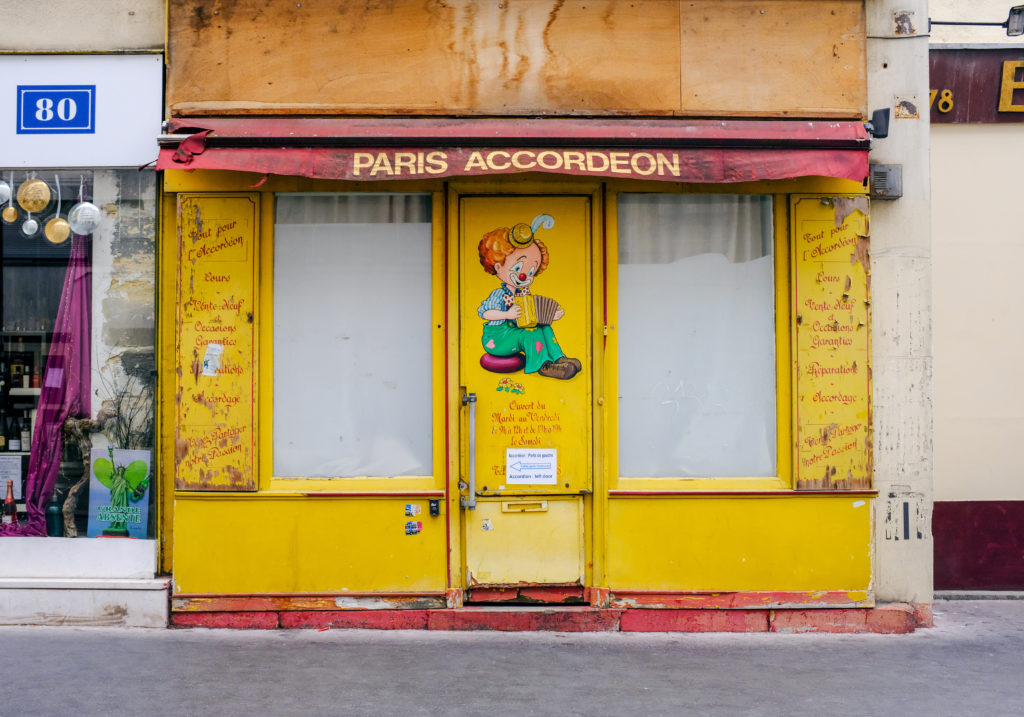
Danielle Pauly, the owner, told us that she had taken over the shop.
While she still sells accordions, she also shares the space with her husband, who converted his side into a fine wine store. She remembered seeing Agnès all the time, standing across the street waiting for her car.
One time, Agnès came in and asked her to slowly open and close an accordion, because she enjoyed the way the flaps looked like billowing skirts in the wind.
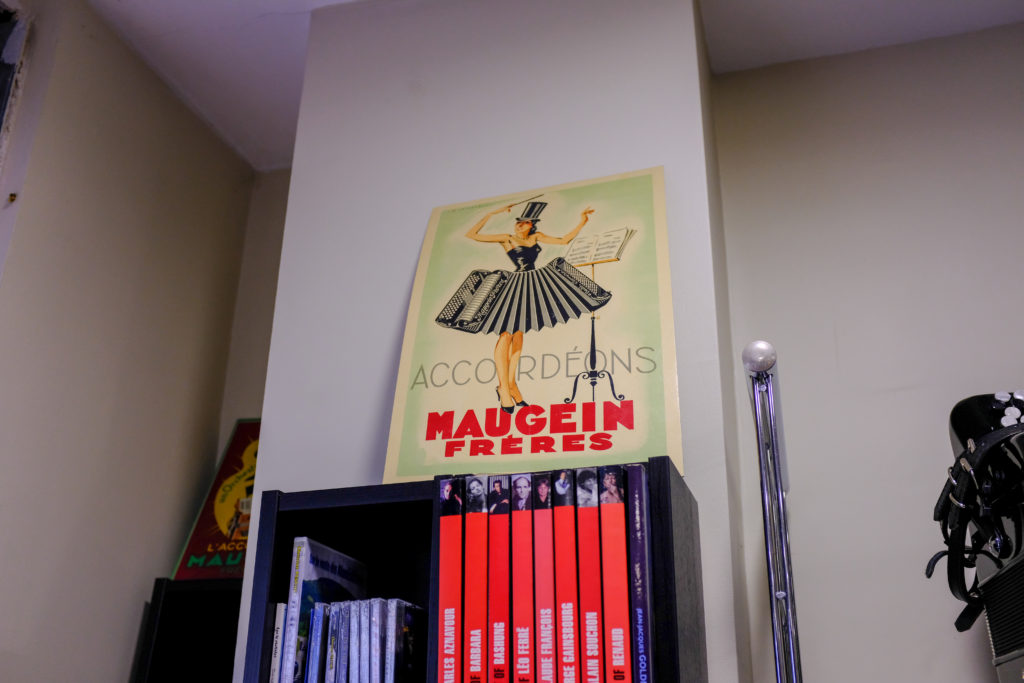
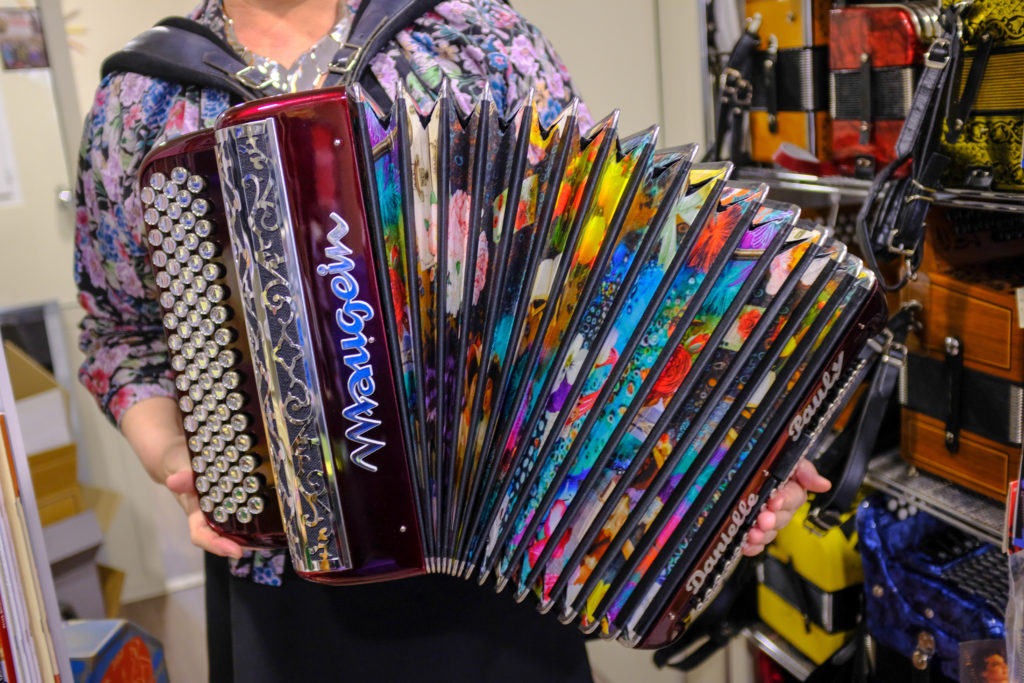
It was sprinkling outside, and we ended up staying in that shop for a while, talking to Danielle in broken French and English.
She taught us about the different types of accordions and expressed her love for teaching. She has a young student in California with whom she still does regular video lessons, and also an 83-year old student who has problems with her fingers but still continues to play.
She showed us photographs of herself as a child and then brought out the old accordion she had played back in the ’70s.
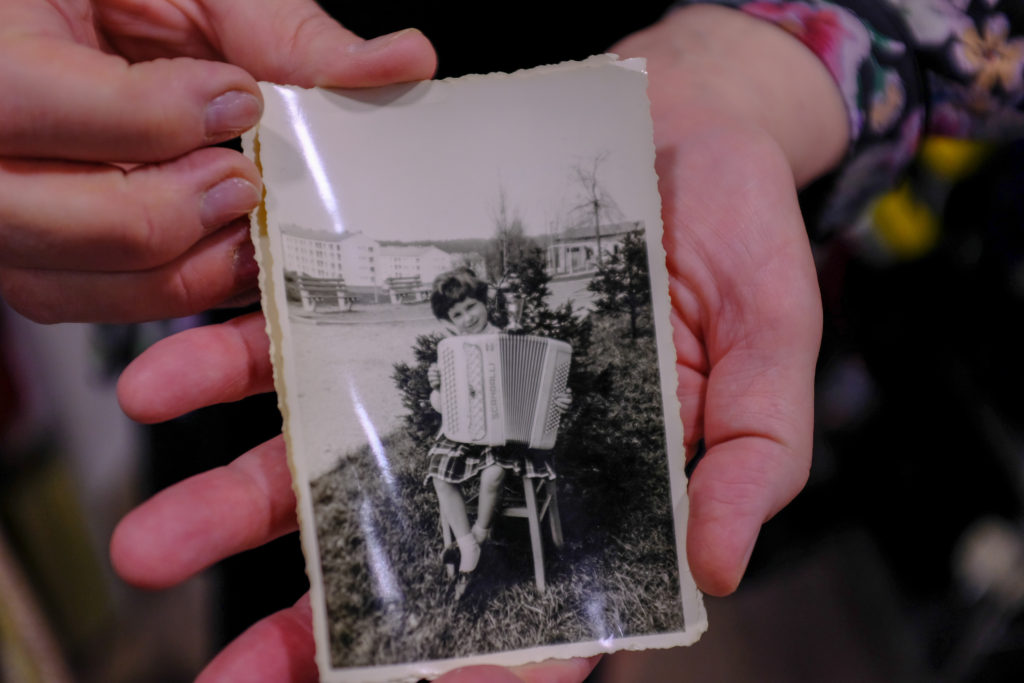
Then, she played for us.
In that tiny store, with an audience of two, she showed us the range of styles that accordions can play, including the Amelie theme song. She had a glint in her eye, one that showed her confidence as a performer.
Even though Agnès had passed away, she was still forming new connections between people—this time, providing us with an opportunity to speak with strangers we otherwise wouldn’t encounter.
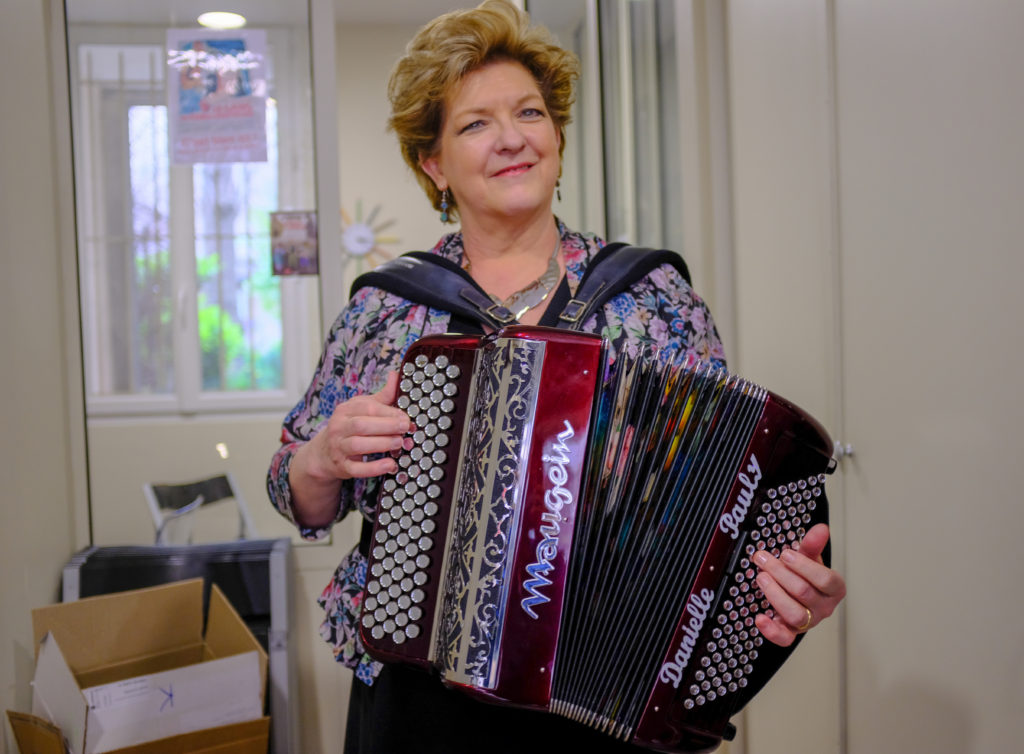
From witnessing the market to walking along Rue Daguerre, we felt like we were following in the footsteps of Agnès.
We were reminded of one of the best parts of travel, the human connections, and learned that a helpful way to establish them is to travel with a theme.
With the mission of discovering Agnès’ neighborhood, we had a reason to visit certain streets or small businesses that we may not have noticed otherwise. Armed with a question, we had an excuse to chat with strangers.
It made us think differently about how we want to travel in the future, and how we can create new meaning from our days on the road.

